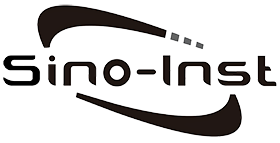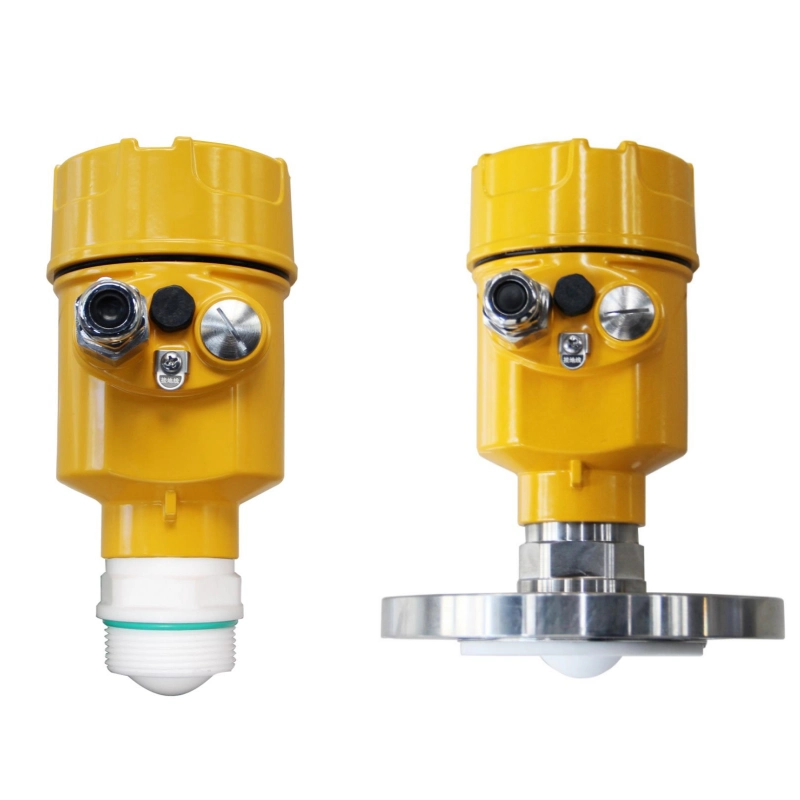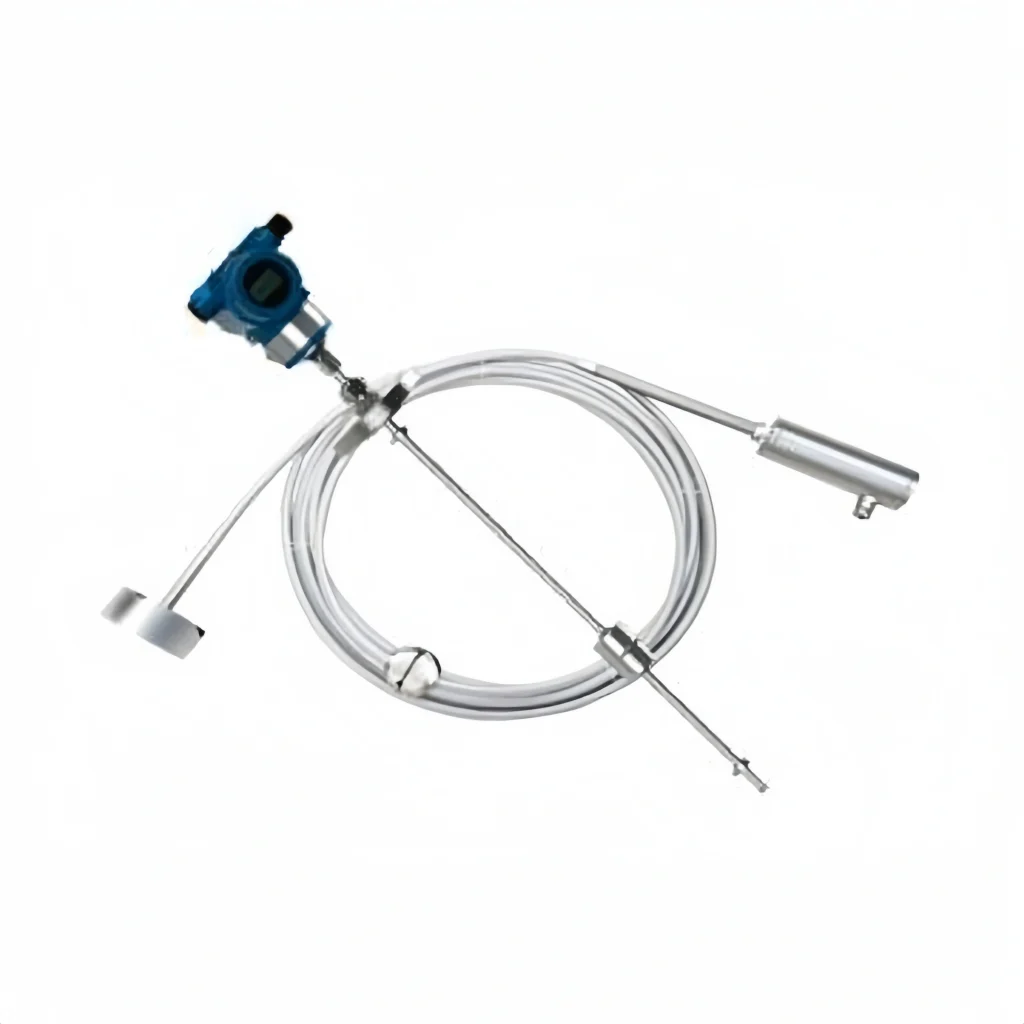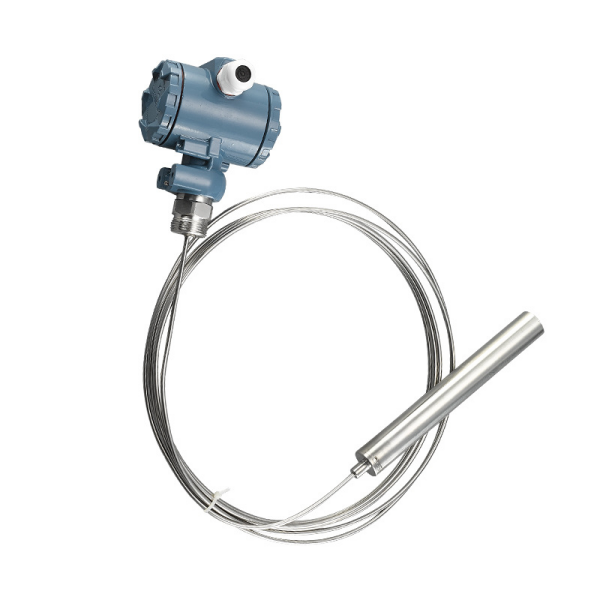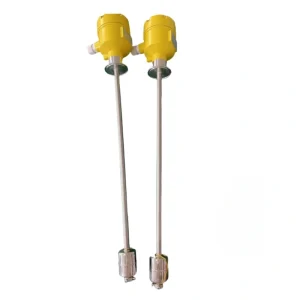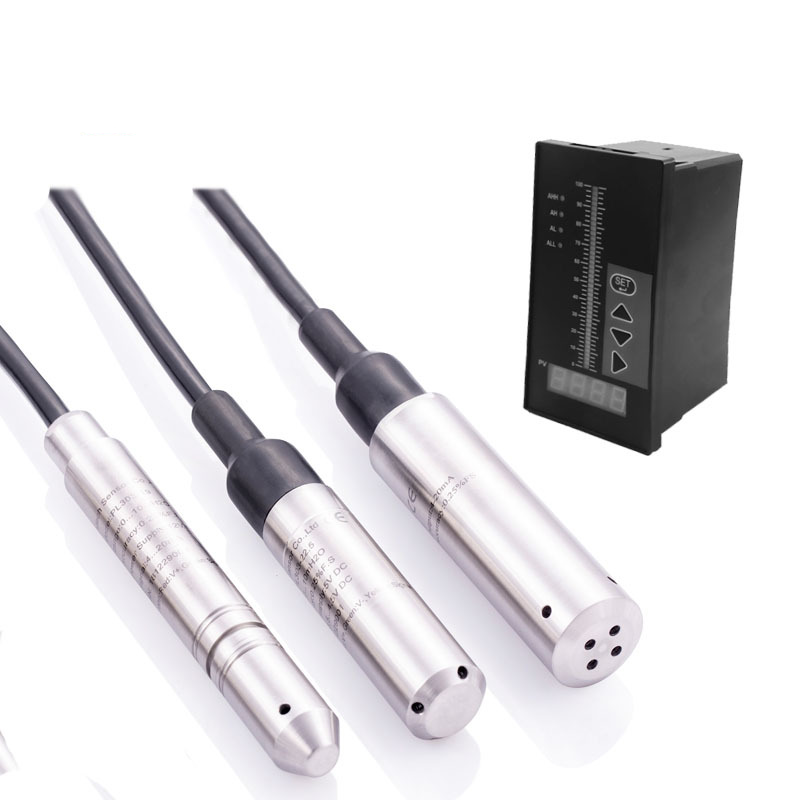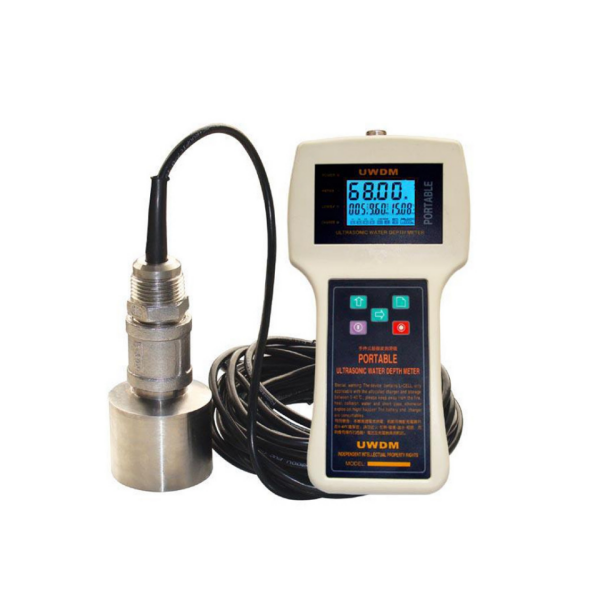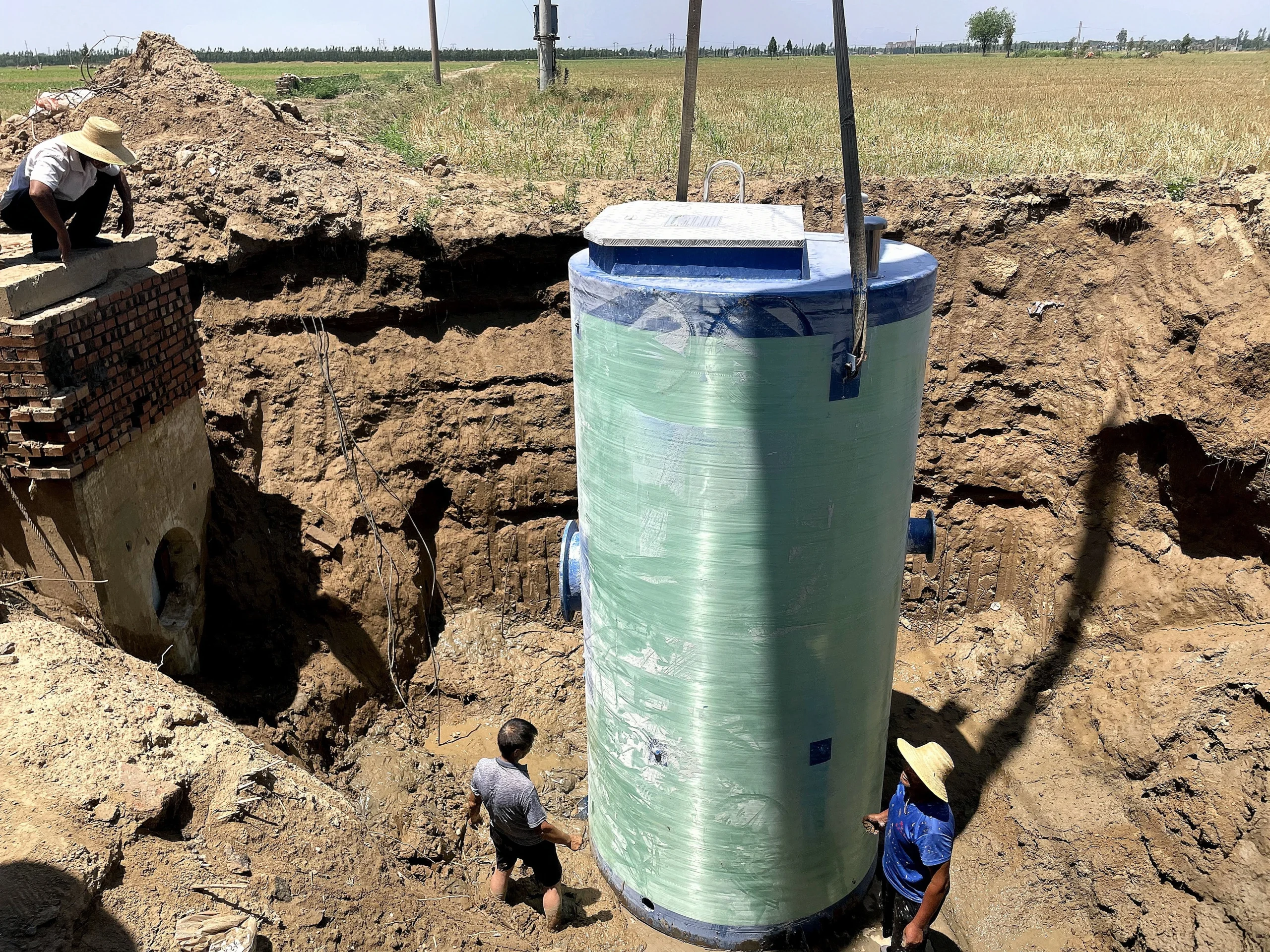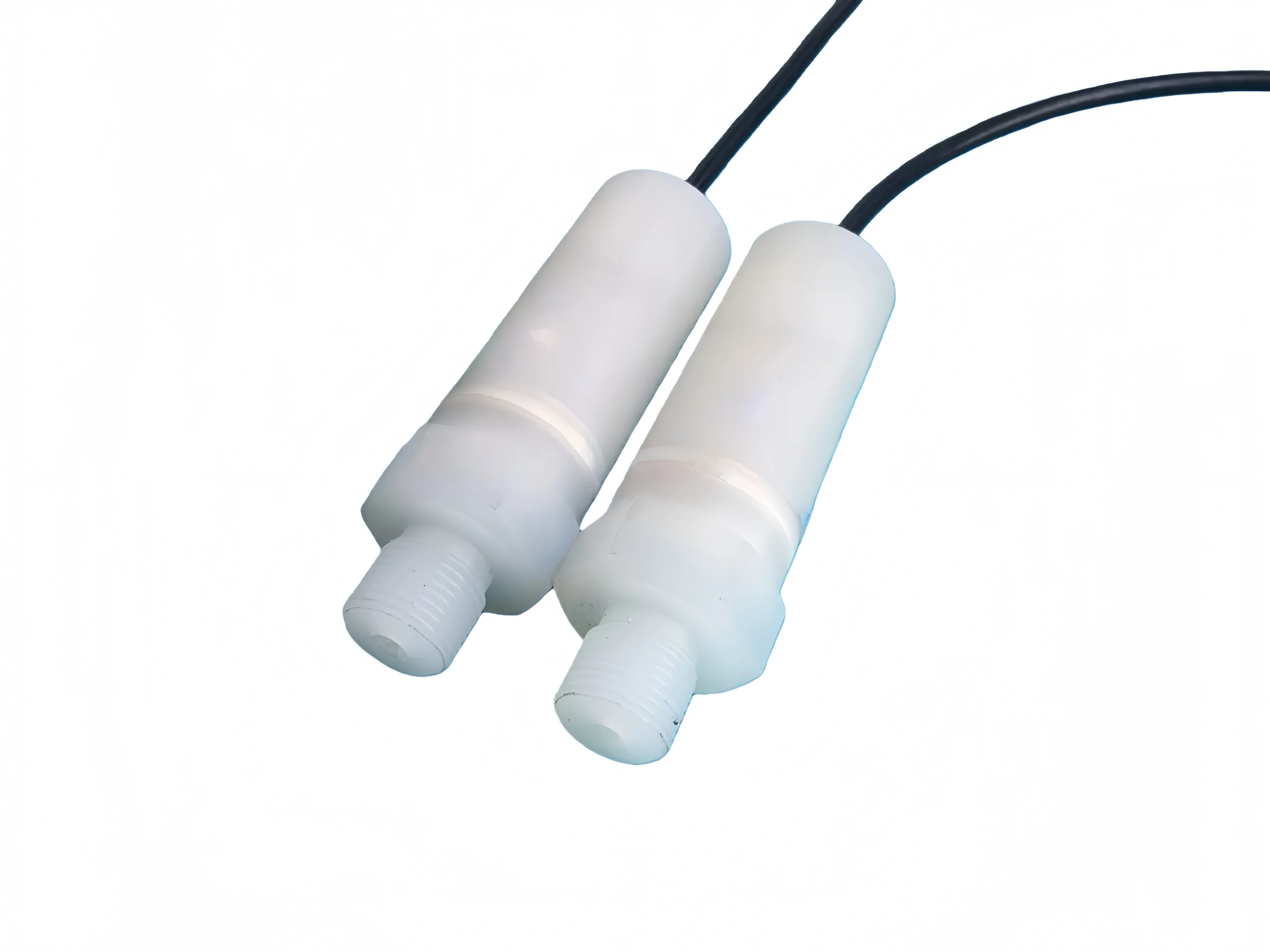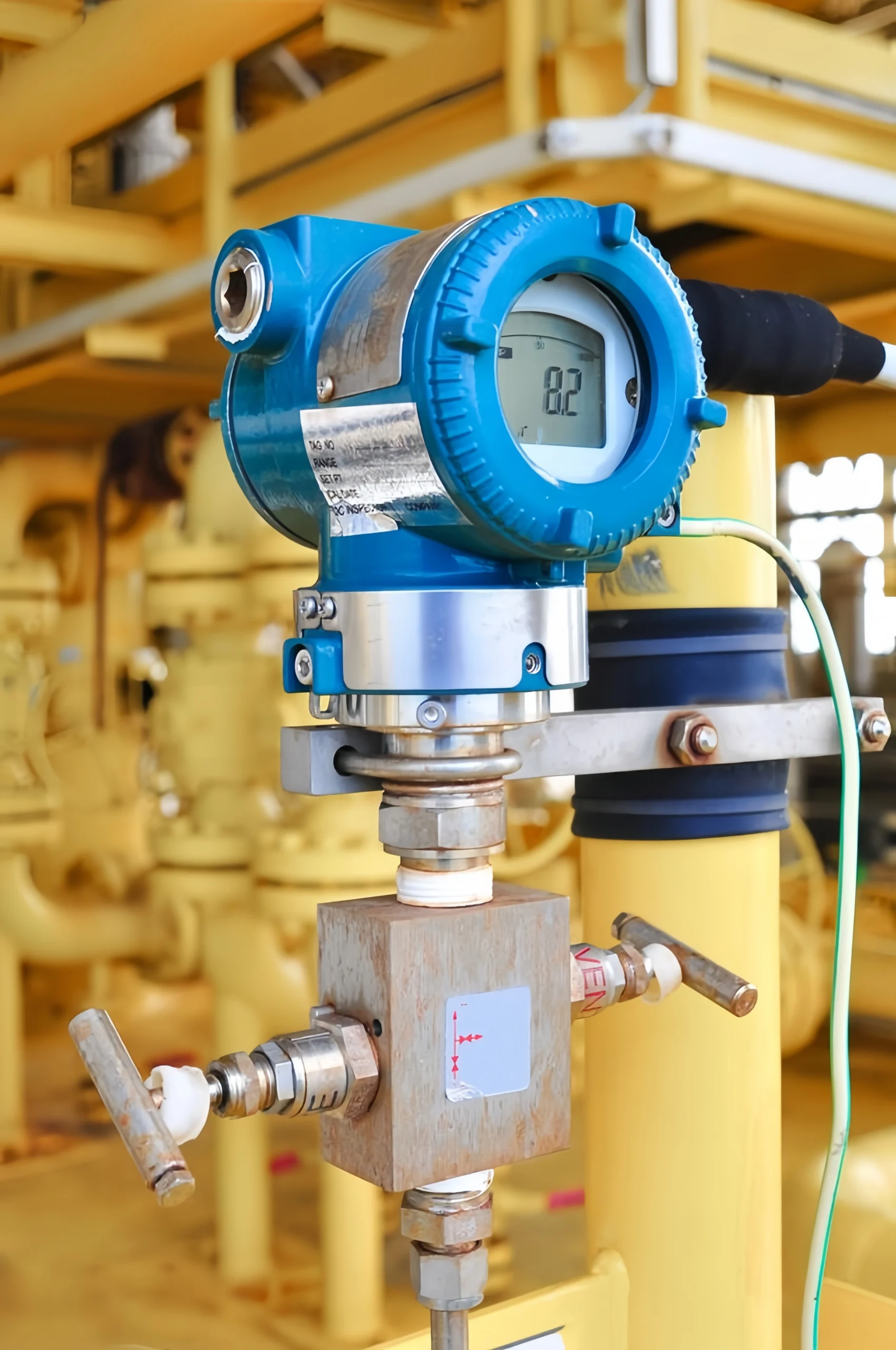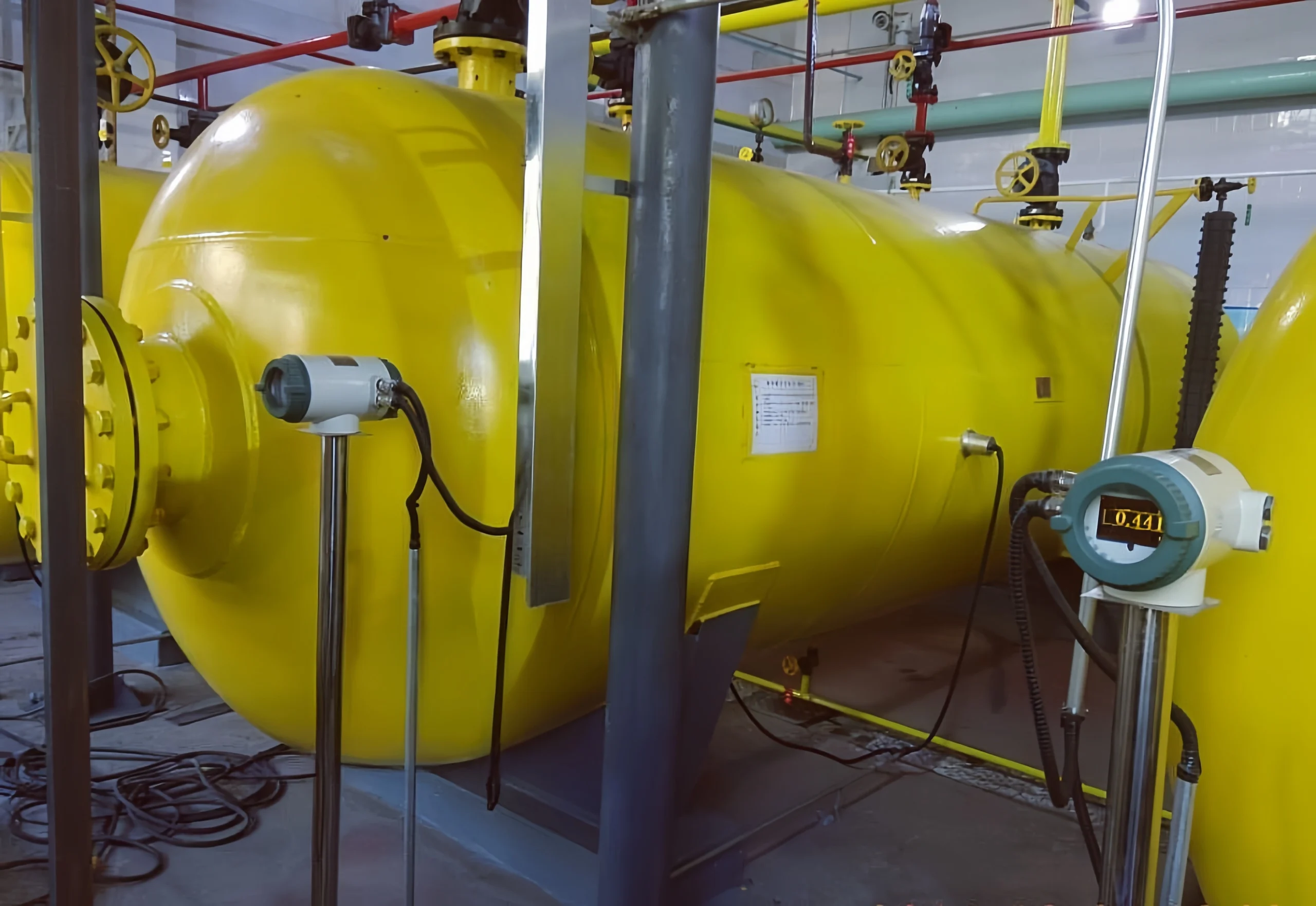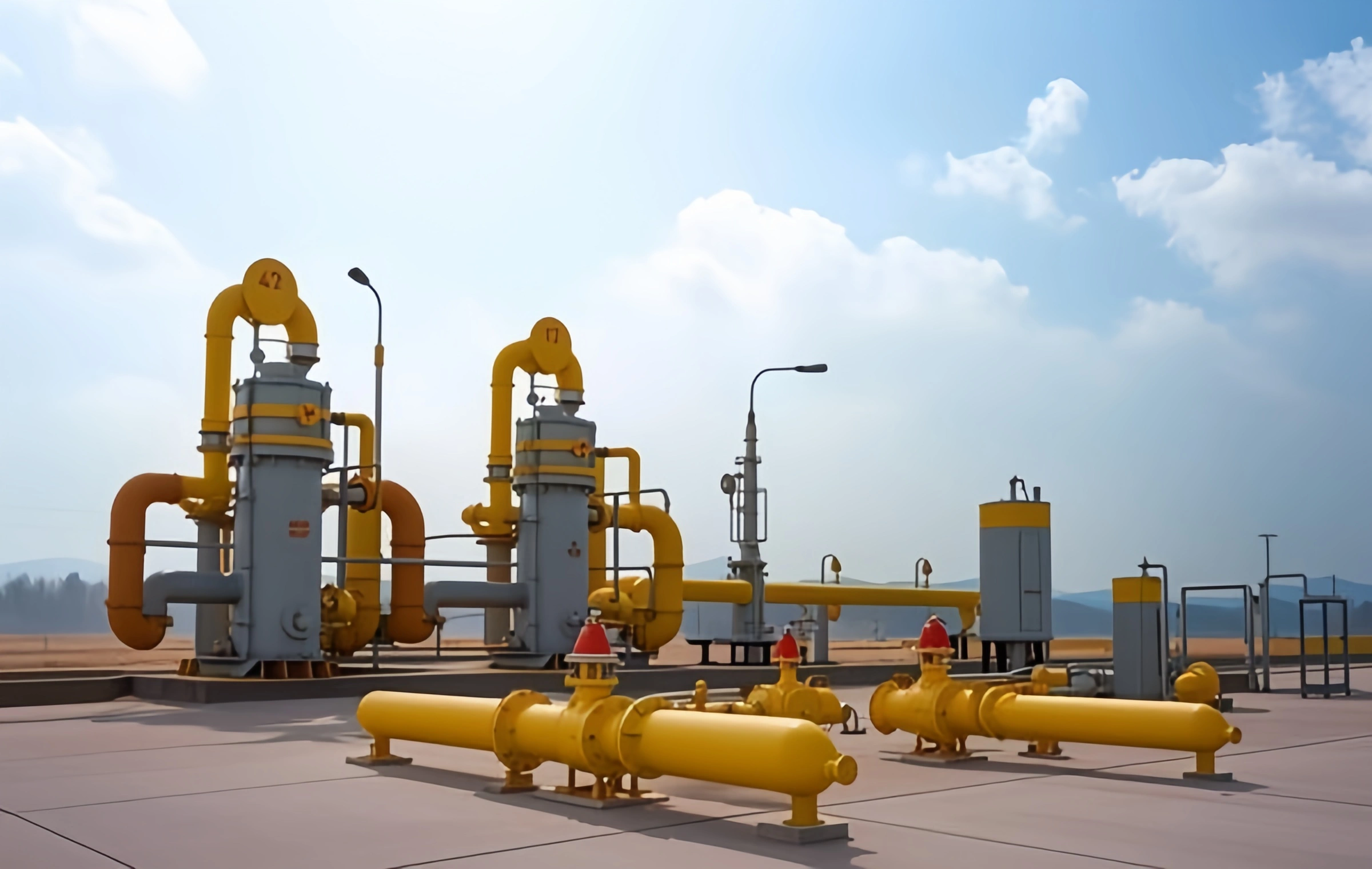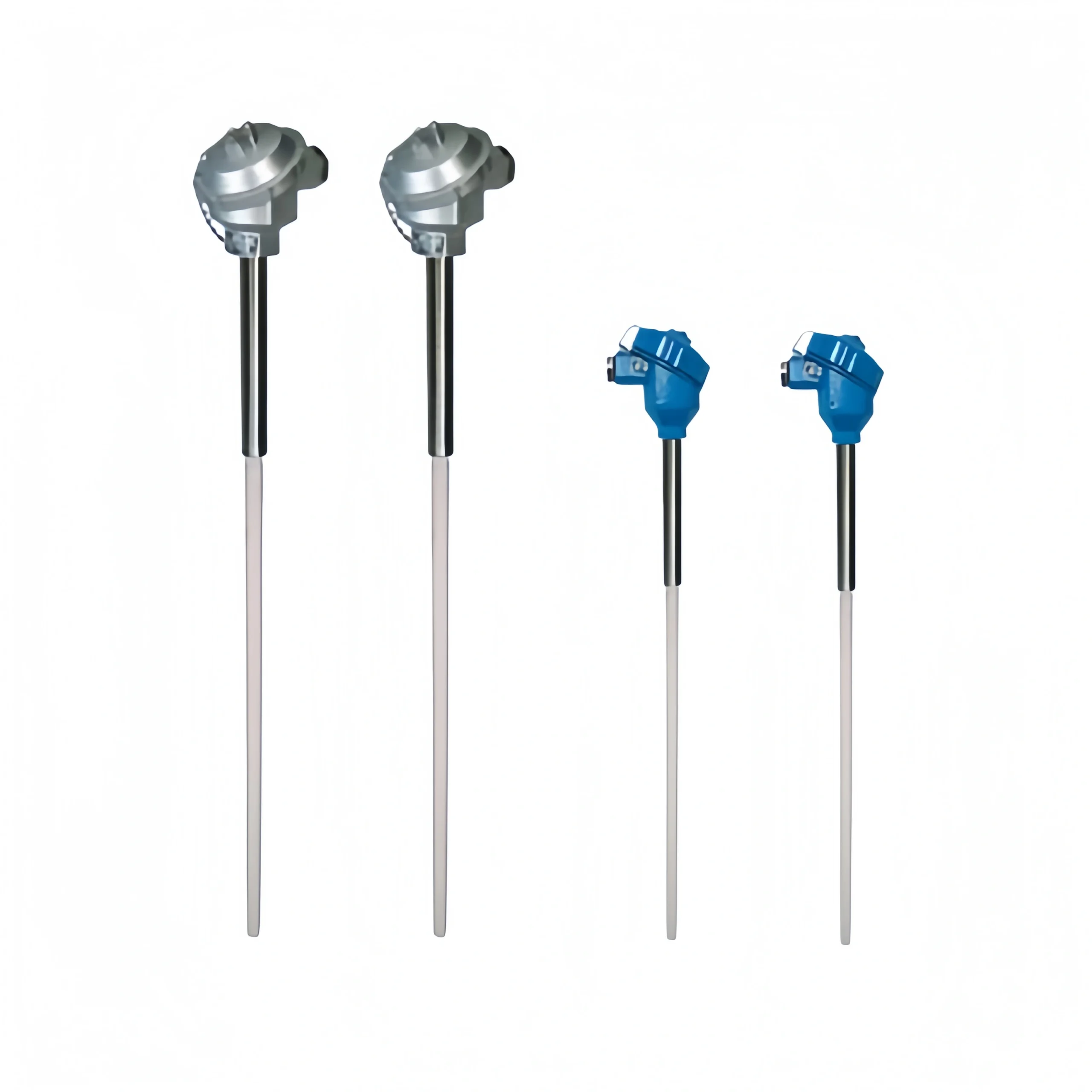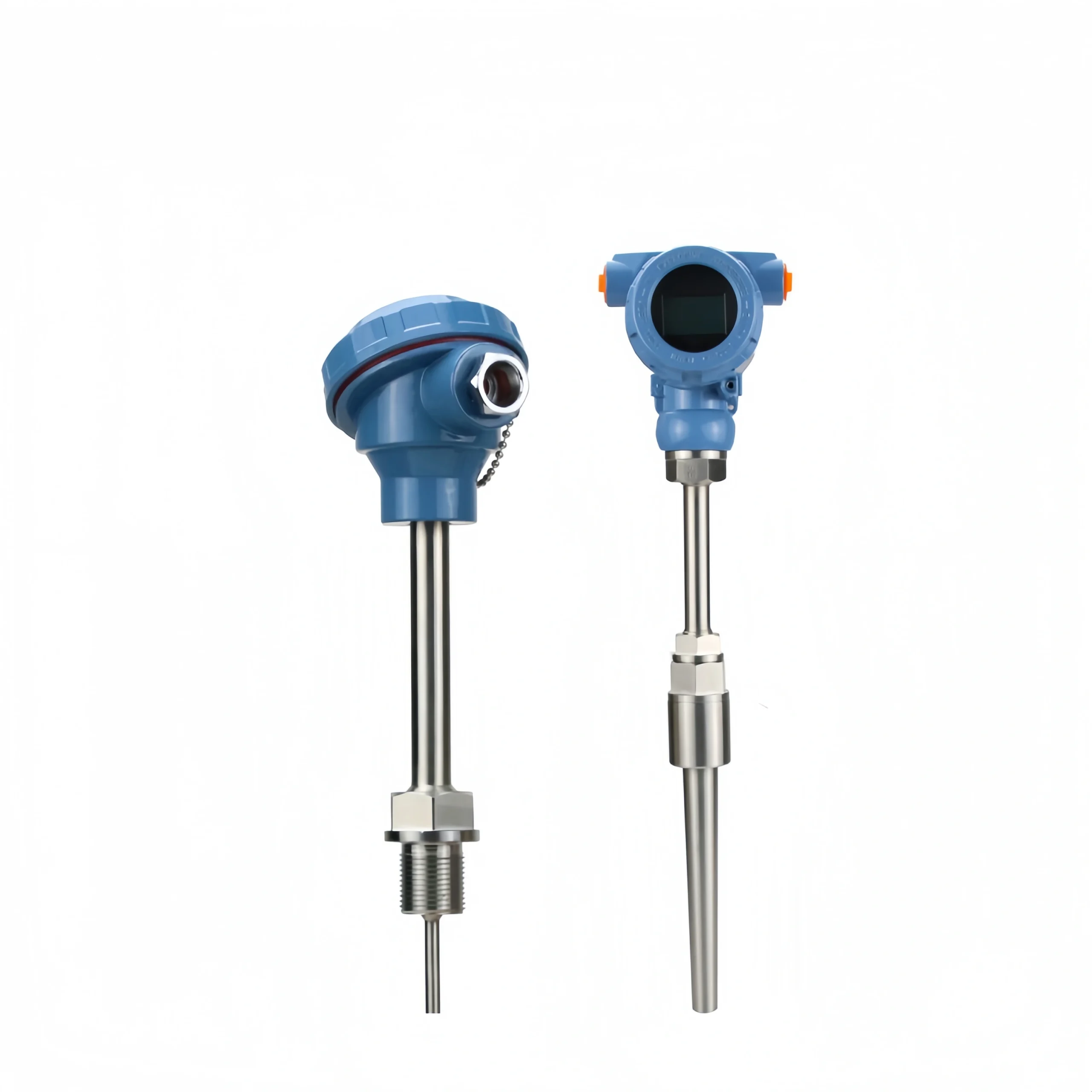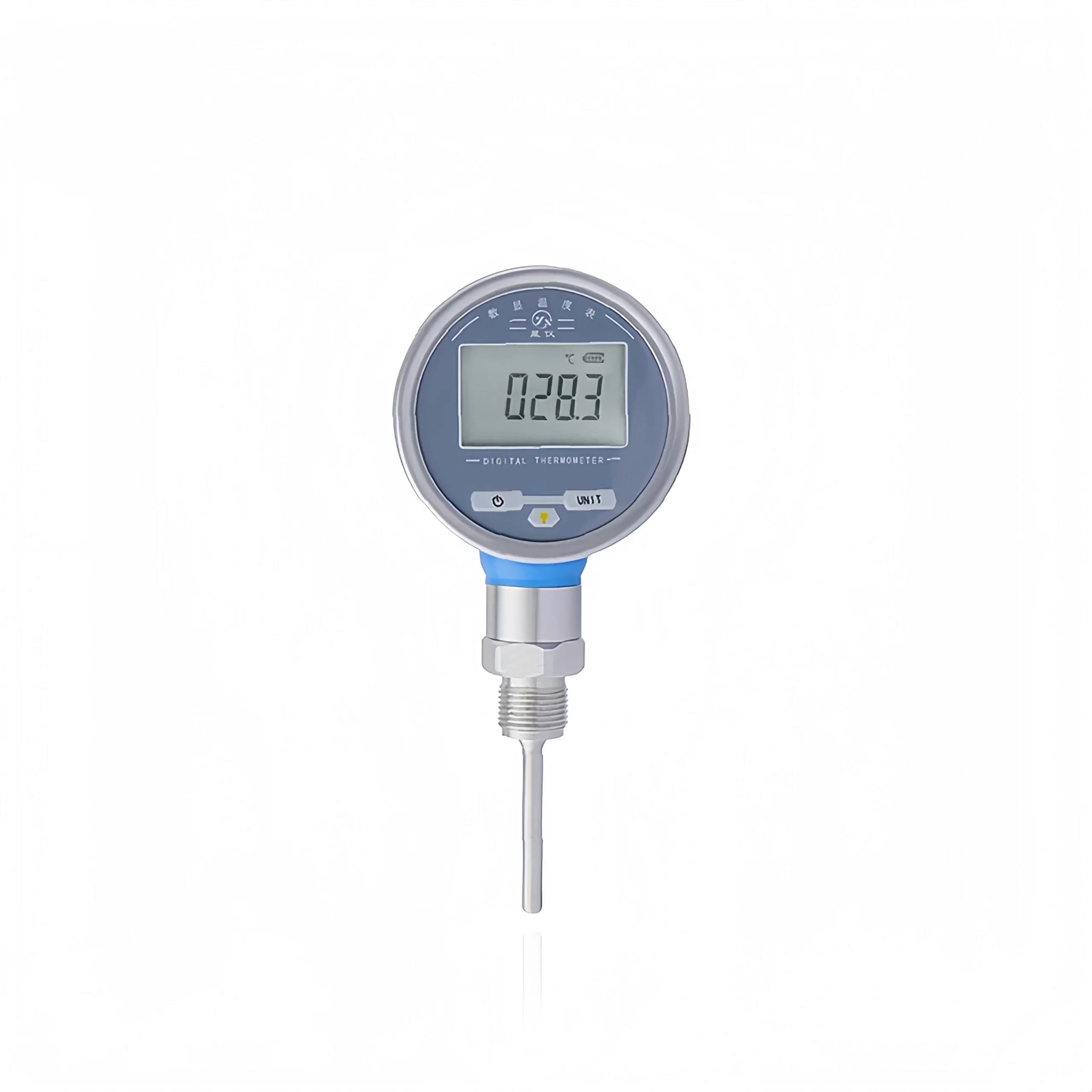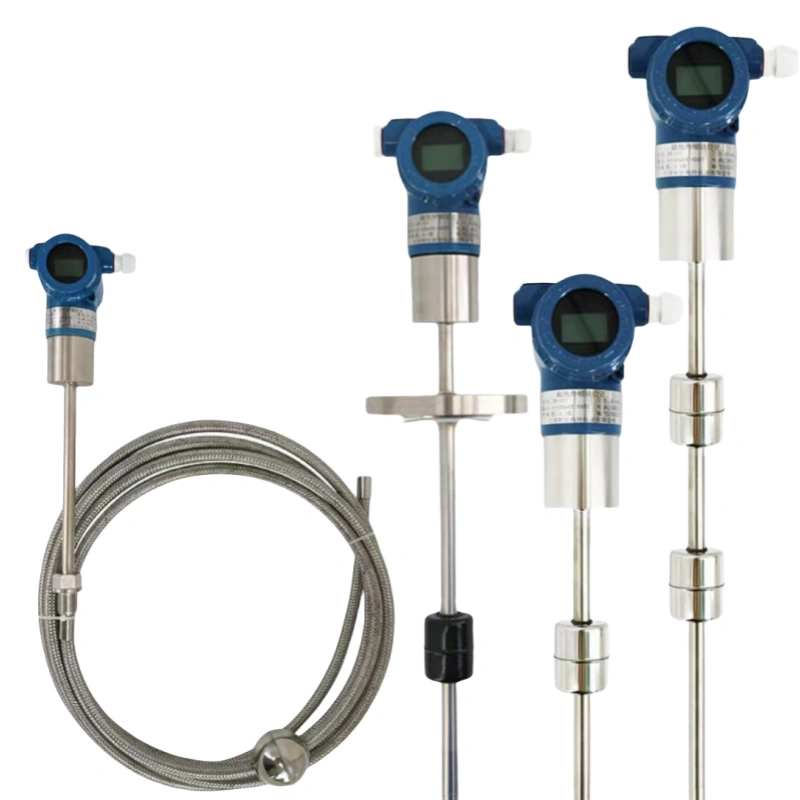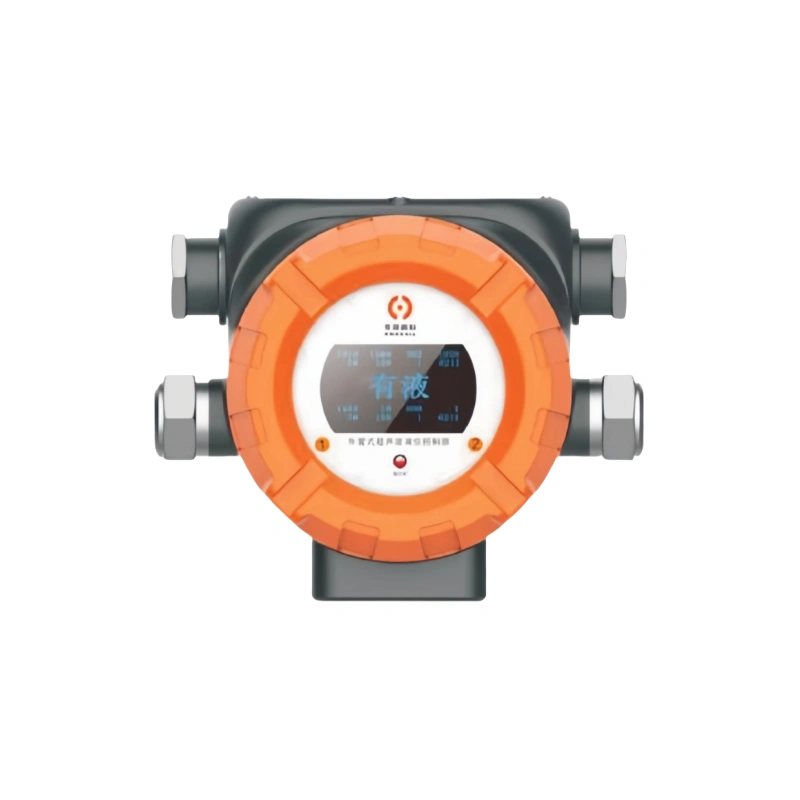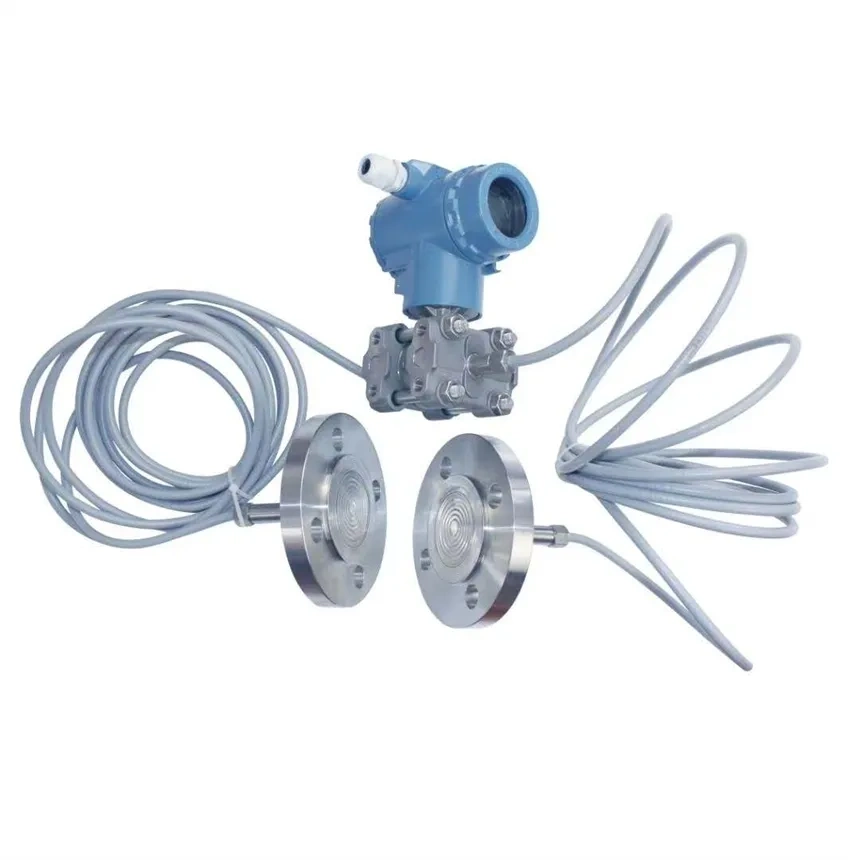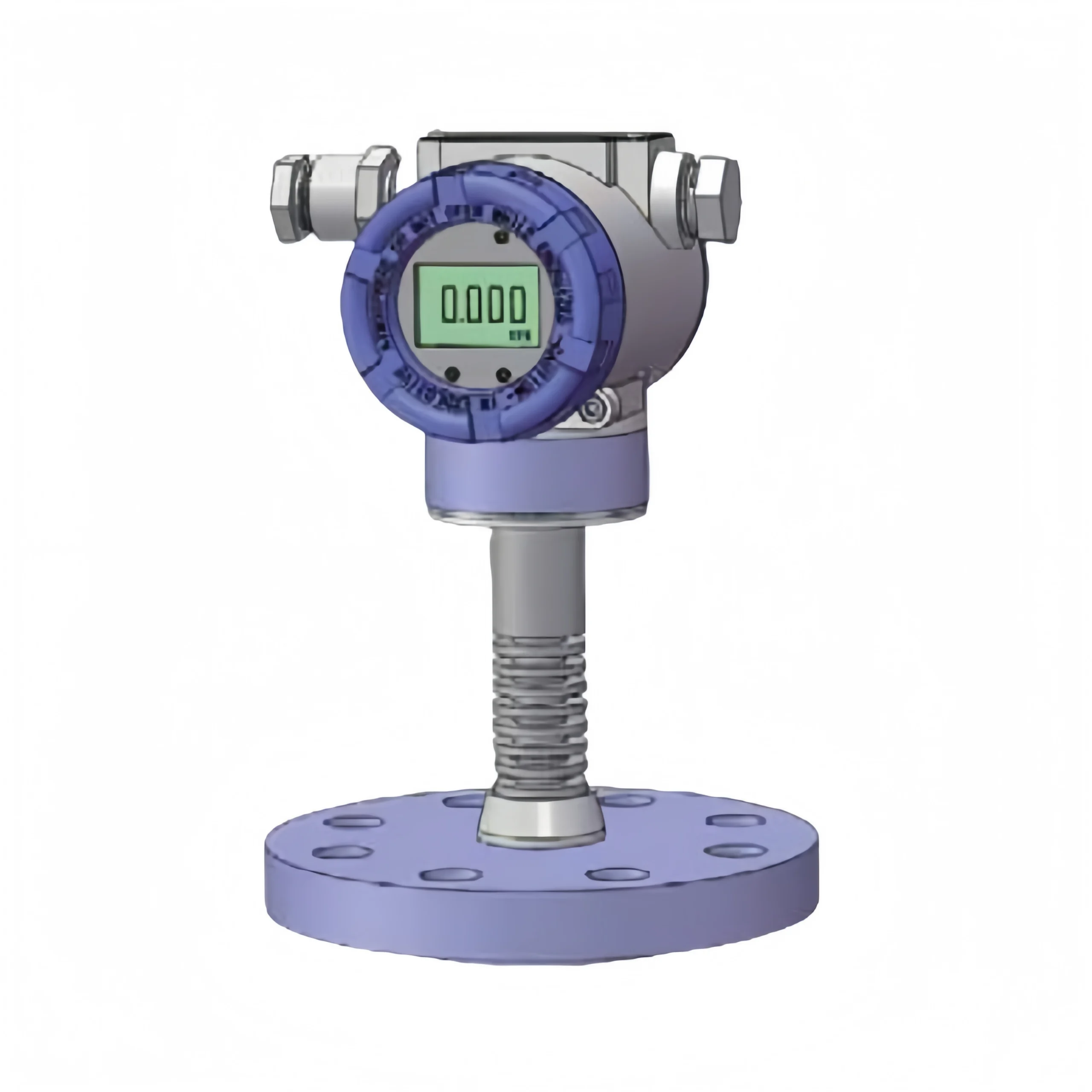Industrial water tank level sensors can display real-time information on the height of the water tank. It can also transmit it synchronously to the control system, assisting relevant staff in monitoring and adjusting the water level in the industrial water tank. The aim is to prevent overflow or depletion of the water.
As Sino-Inst experience, common types of industrial tank water level sensors are various. It includes ultrasonic water level sensors, radar water level sensors, submersible water level sensors, differential pressure water level sensors, and float water level sensors.
Due to differences in tank shape, tank material, water temperature, and external operating environment, it is necessary to select an appropriate tank water level sensor based on actual conditions. Below, we will provide an overview of various common types of tank water level sensors.
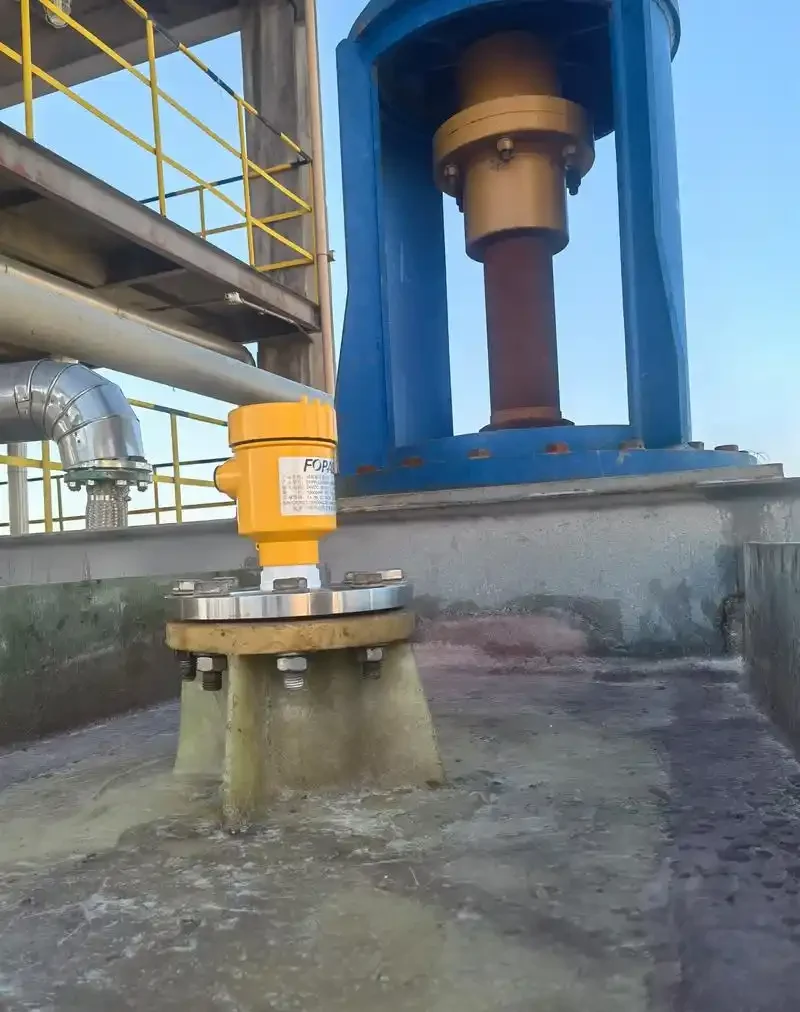
What is a Water Tank Level Sensor?
A water tank level sensor is a specialized device designed to measure the water level within a water tank. Its primary function is to continuously monitor the height of the water inside the tank and transmit this data to a control system for automated management.
However, a basic tank water level sensor can only display real-time data. It cannot control the water level. Sino-Inst’s water level switches can control the water level and have an alarm function. Our tank level sensor can be used with a paperless recorder. They can record water level data in real time and perform functions such as data storage and analysis.
Water Tank Level Sensor Types
There are many types of sensors used to measure water tank levels. The following are common types:
Float water level sensors:
Float water level sensors are simple mechanical devices. The float rises or falls with changes in water level. The movement of the float opens or closes a mechanical switch to indicate when a specific water level is reached. This sensor is typically used to prevent tanks from overflowing due to overfilling or other equipment from malfunctioning due to low water levels.
This sensor is easy to install and cost-effective. However, it relies on the movement of mechanical components and is susceptible to wear and external factors. Therefore, it is not suitable for applications requiring high precision. Additionally, it is not suitable for measuring ice levels.
Radar Level Sensor:
This sensor calculates water level height by measuring the time difference between the transmission and reception of microwave signals. The radar level sensor uses a built-in small antenna to transmit specific high-frequency microwave signals to the water body being measured. When the high-frequency microwave signal reaches the water surface, it is immediately reflected back to the sensor. By calculating the time difference between the transmission and reception of the high-frequency microwave signal, the sensor can accurately calculate the water level of the water tank.
Radar water level sensors are non-contact. Therefore, they are commonly used for various complex conditions.
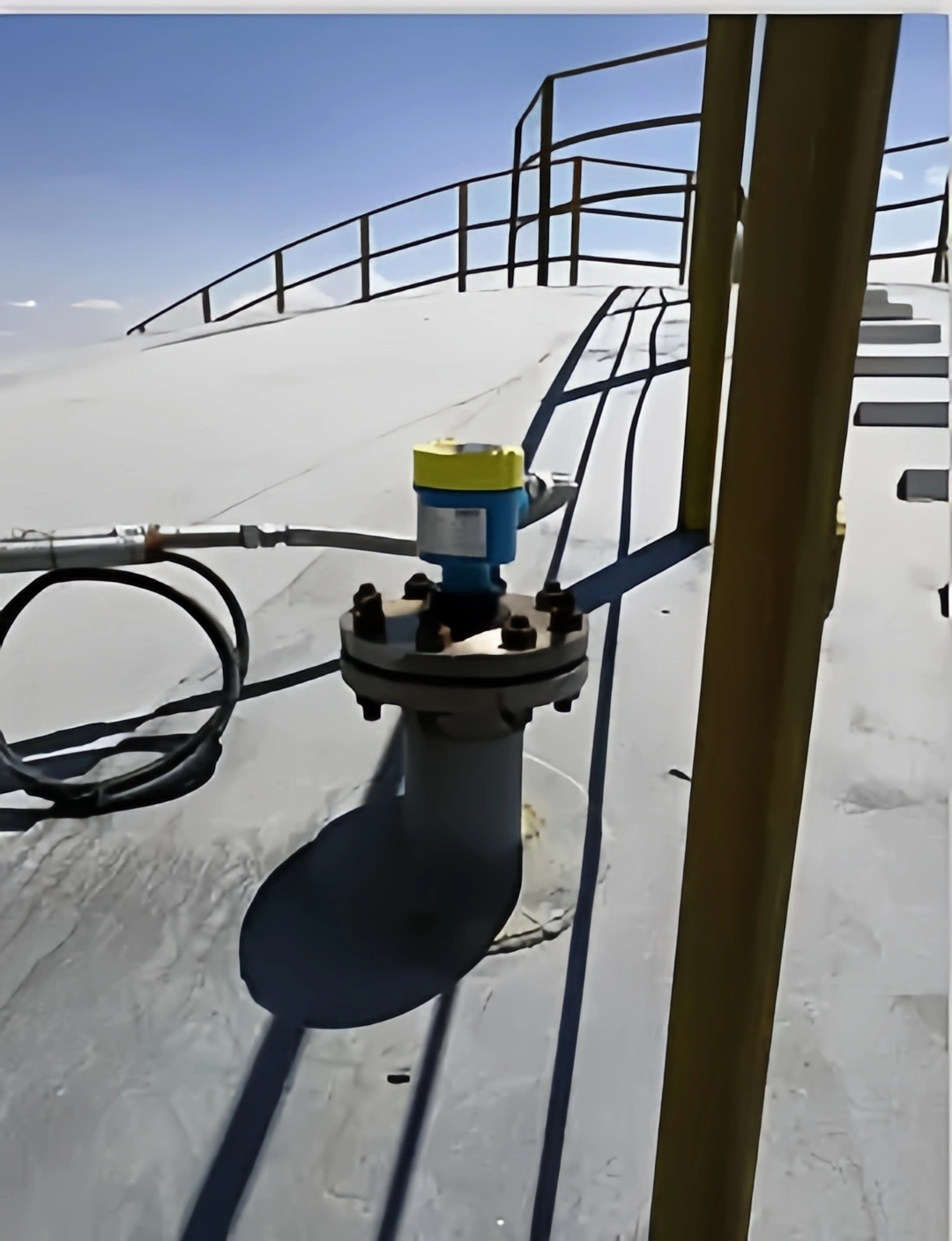
Hydrostatic water level sensor:
A hydrostatic water level sensor measures the pressure of the water column above the diaphragm at the bottom of the sensor. Incompressible hydraulic oil transmits the pressure from the diaphragm to the sensor mechanism. The interface between the hydraulic oil and water is relatively large. And the pressure is concentrated on the smaller cylindrical section that reaches the sensor mechanism. The detection device consists of a Wheatstone bridge, where the resistance changes when the substrate bends.
Hydrostatic water level sensors can continuously measure water levels. These sensors are typically used in storage tanks or pools at freshwater treatment plants. When water is added to or drained from the tank, the weight of the water above the hydrostatic water level sensor changes, which causes the sensor to produce an output proportional to the height. Therefore, it is usually suitable for process control applications.
Ultrasonic water level sensors:
The principle of ultrasonic water level sensors is similar to that of radar water level sensors. Ultrasonic sensors emit ultrasonic waves toward the water surface. When the ultrasonic waves reach the water surface, they are reflected. By measuring the time difference between the emission and reflection of the ultrasonic waves back to the sensor, the sensor can calculate the distance to the water surface and thus determine the liquid level inside the tank.
Ultrasonic water level sensors are easy to install and are typically installed on indoor and outdoor tanks. Their non-contact measurement and simple installation make them an ideal choice for measuring changes in drinking water tank levels, but they are relatively expensive.
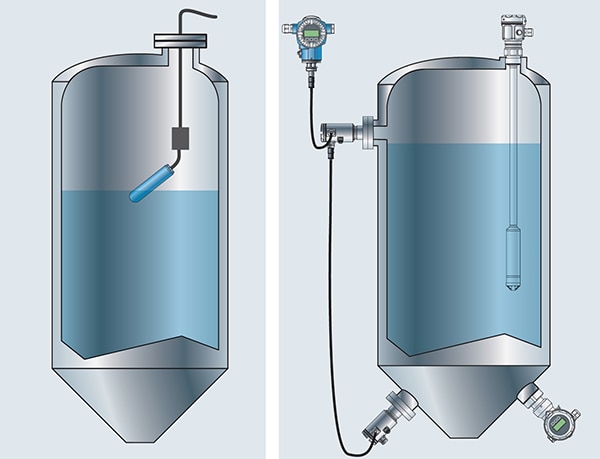
Sino-Inst Featured Water Tank Level Sensor
How to Control the Level of Industrial Water Tanks?
The simplest way to control water tank water levels is to use water level switches. However, water level switches have low accuracy. If you need to control the water level and record data, you can configure a liquid level sensor + paperless recorder. The paperless recorder can record water level data in real time and enable data storage and analysis.
Paperless recorders obtain multi-channel signals (such as voltage, current, thermocouples, thermistors, etc.) through built-in or external sensors, display data in real-time on the screen in digital, curve, or table formats, and store it in electronic storage devices (such as flash memory, SD cards) or the cloud. They support historical data queries, alarm triggers, data export, and remote communication, making them the core tool for “paperless” data recording in industrial settings.
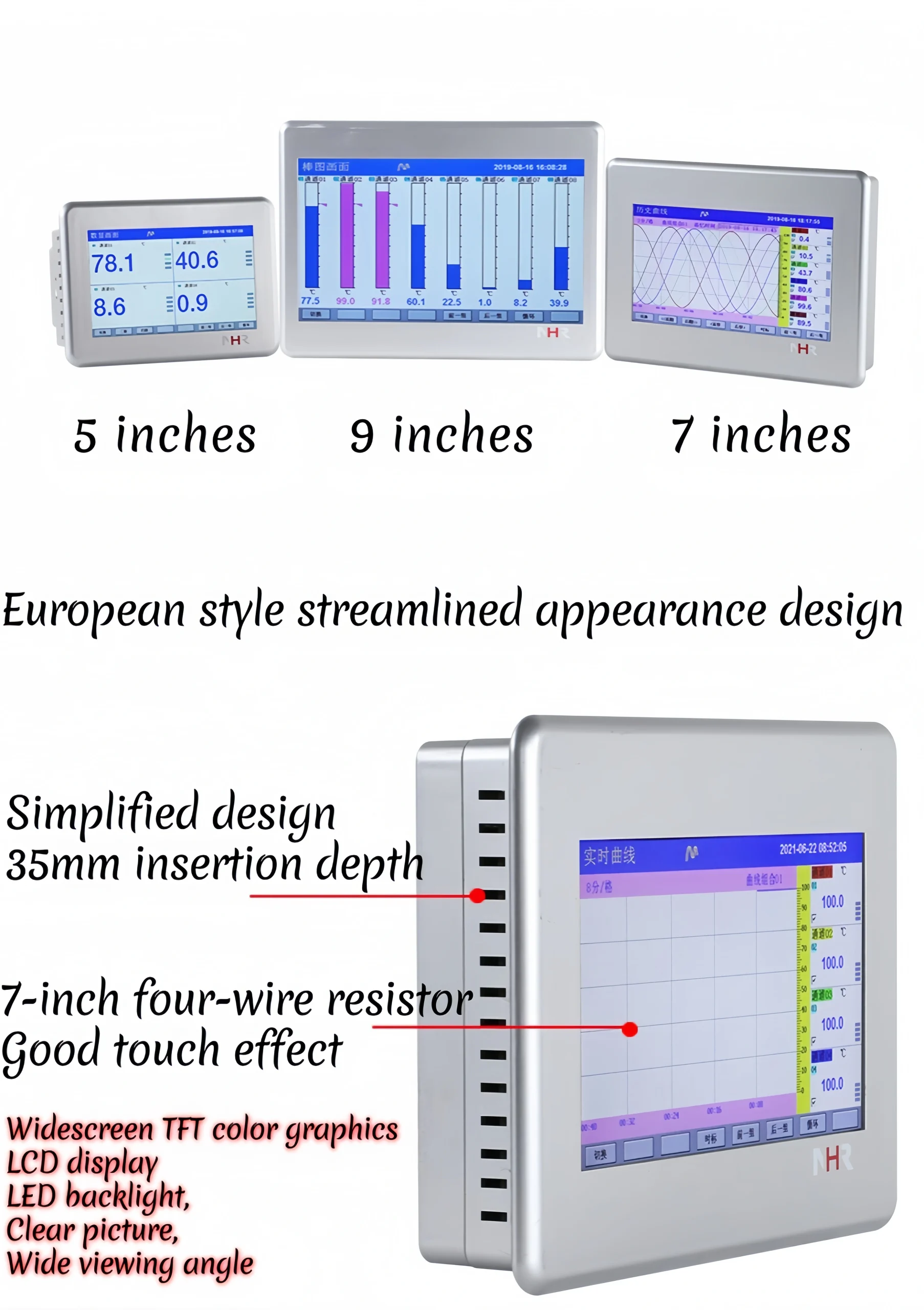
Common industrial applications for industrial water tank level sensors:
Industrial water tank level sensors are commonly used in daily life, particularly in areas such as municipal water supply, urban wastewater treatment, agricultural irrigation, cooling and heat dissipation for large machinery, and the chemical industry.
Agricultural Irrigation Management
Managers can use real-time data transmitted by the sensor to monitor the water level in irrigation tanks, control water usage, and maintain the total water volume in the tank to prevent water shortages.
Municipal Water Supply
Managers can use the sensor to monitor the total volume of municipal water in tanks in real time, avoiding waste caused by overproduction or water shortages due to insufficient production.
Urban Wastewater Treatment
Managers can use sensors to monitor the flow of urban wastewater into treatment tanks in real time, facilitating the regulation of wastewater treatment speed and avoiding energy waste caused by prolonged high-power operation due to unclear conditions within the treatment tanks.
Industrial Production
Managers can use real-time data transmitted by sensors to ensure that water levels remain within normal ranges during production, preventing damage to industrial equipment or production interruptions caused by insufficient or excessive water levels.
Compared to traditional water level measurement methods such as ruler measurements and float level systems, traditional methods suffer from low operational efficiency, low measurement accuracy, and high rates of human error.
In contrast, industrial tank water level sensors offer advantages. such as high automation, real-time performance, high accuracy, and stability, providing a more accurate representation of water levels. Therefore, compared to traditional water level measurement methods, industrial tank water level sensors have significant advantages.

How long is the service life of a water level sensor?
The service life of a water level sensor varies depending on the many factors, such as external installation, type of water, and external environment.
Generally speaking, the sevice life of a water level sensor is 3-5 years.
However, in high-pressure, or highly corrosive environments, the service life of a water level sensor will be shortened. However, through regular maintenance, the service life can be extended.
What is the most accurate water level sensor?
Based on Sino-Inst’s experience, the most accurate water level sensors are ultrasonic level sensors and radar level sensors. Since they are unaffected by changes in water properties, they can accurately measure water levels. Although they offer high precision, their purchase costs are relatively higher.
Read More about:Radar Level Transmitter Vs Ultrasonic Level Transmitter—for Level Measurement
Is a water level sensor analog or digital?
Water level sensors output the following two types of signals
Analog signal
An analog signal is a continuous electrical signal whose value directly corresponds to the measured physical quantity. The analog signal output by a water level sensor is typically a voltage or current signal. The sensor measures changes in water pressure and converts the pressure into an electrical signal for output. Analog signals are characterized by high accuracy but are susceptible to electromagnetic interference.
Digital signal
A digital signal is a discrete electrical signal whose value can only take a limited number of values. The digital signals output by water level sensors are typically digital level signals or digital serial signals. Digital signals are highly resistant to interference but have lower accuracy compared to analog signals.
You can choose which signal output to use based on your actual situation. When placing an order, you can communicate with the supplier to customize the specific type of signal output.
There are various methods for measuring water tank levels. Sino-Inst has many years of experience in water level measurement. If you are considering how to measure the water level in your tank, please contact us. We are available 24 hours a day to recommend the most suitable level solution for you.
